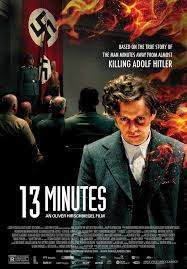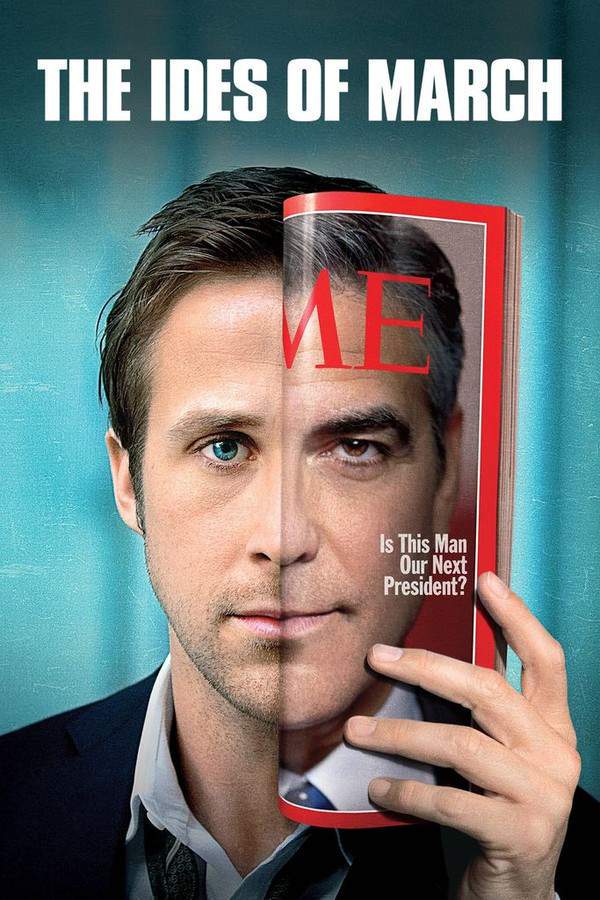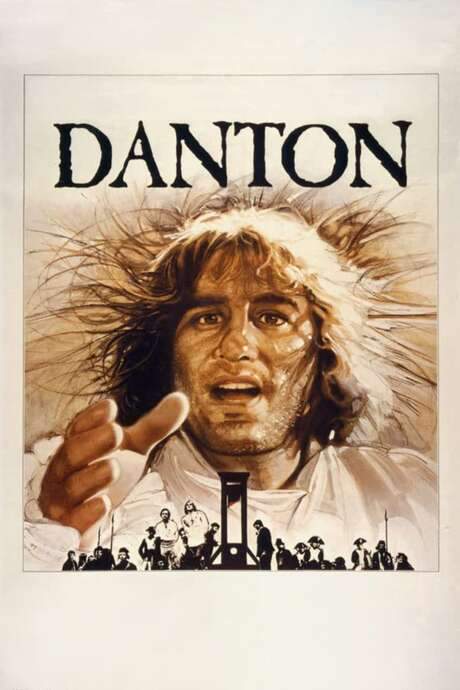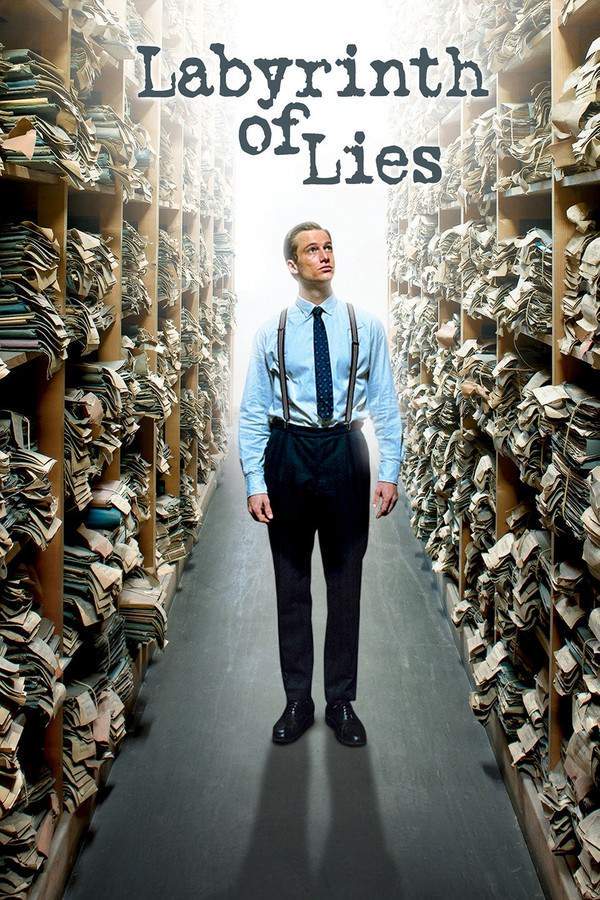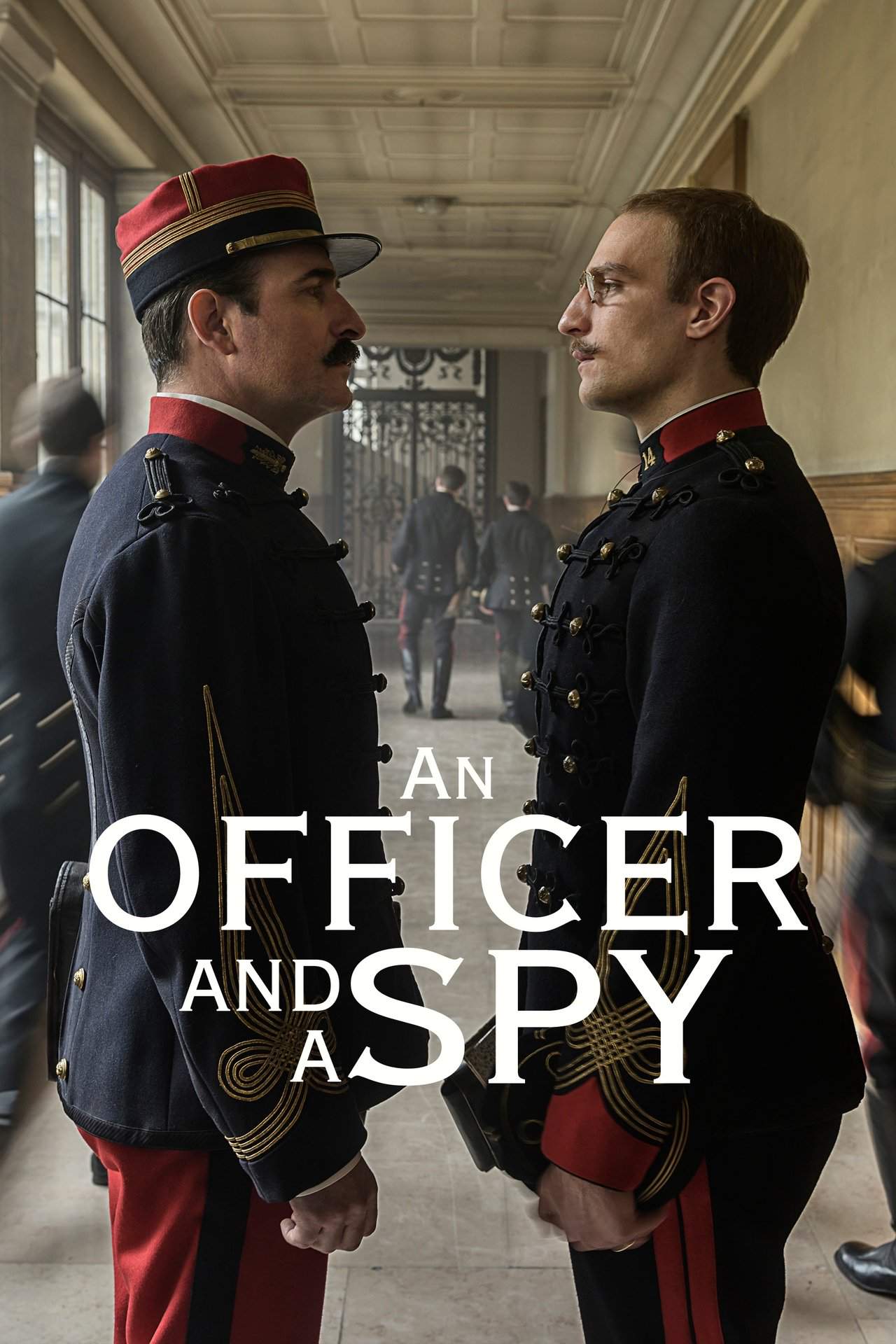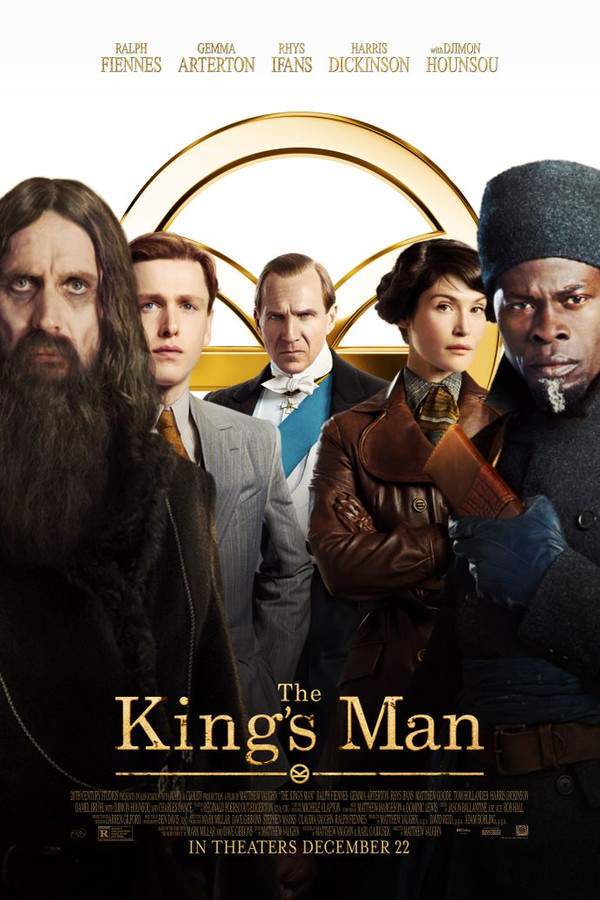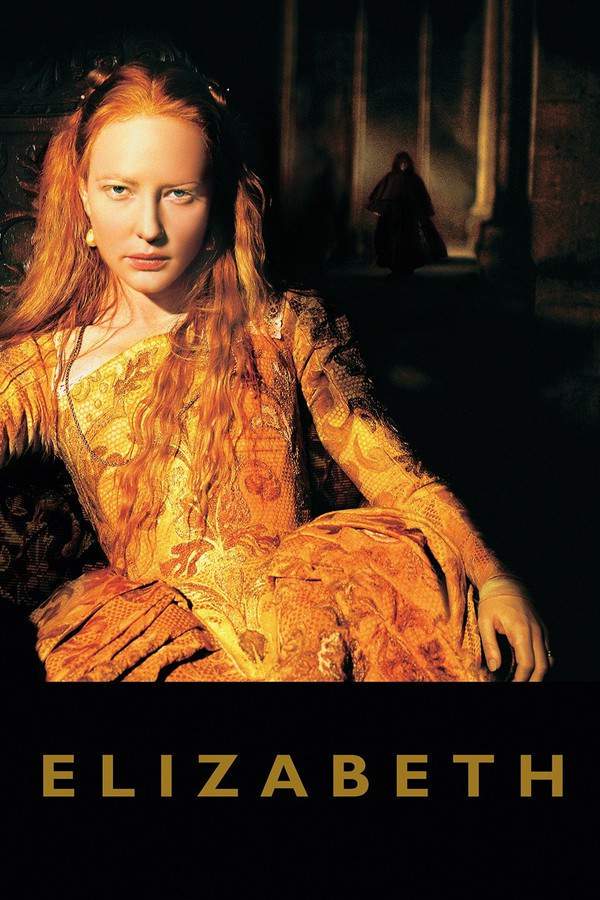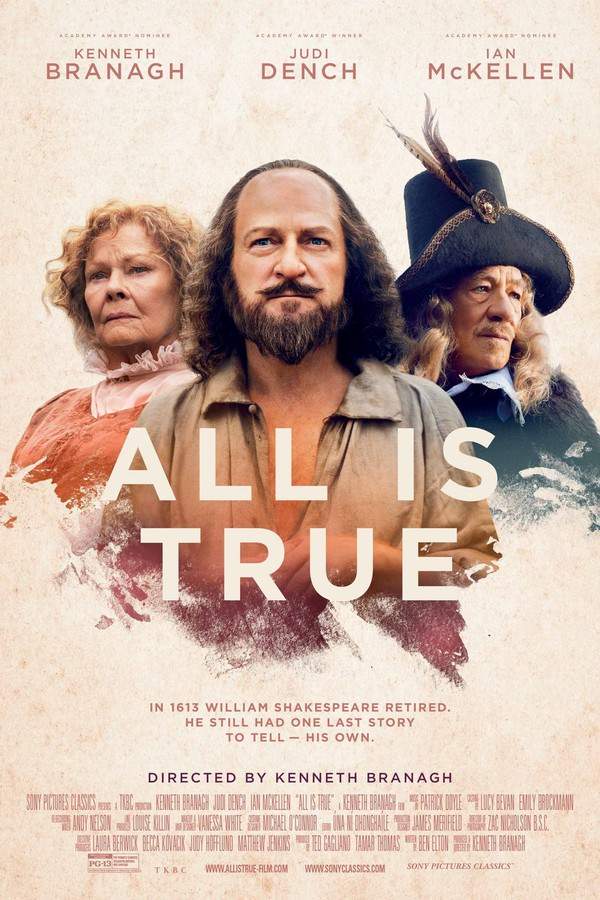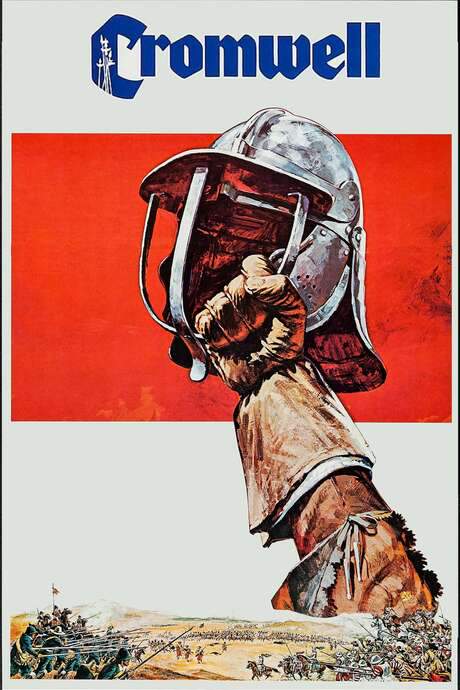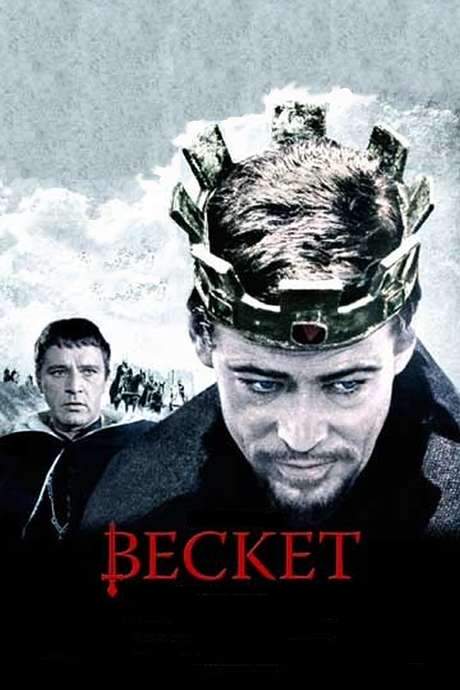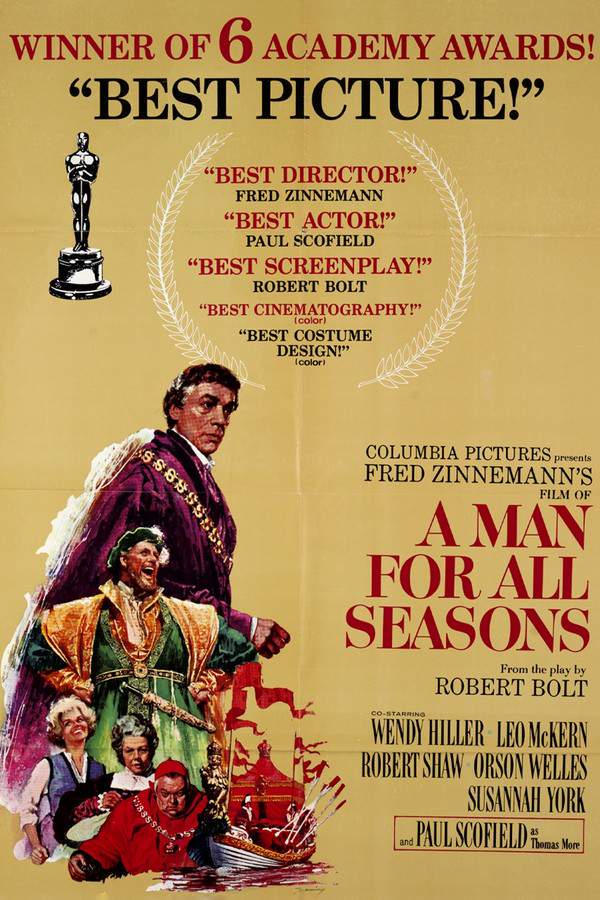
A Man for All Seasons
Year: 1966
Runtime: 120 min
Language: English
Director: Fred Zinnemann
During the reign of King Henry VIII, the steadfast Sir Thomas More finds himself at odds with the ambitious monarch who seeks to annul his marriage. More's deep religious convictions lead him to defy the King's demands, triggering a tense conflict that challenges the foundations of the royal court. Faced with immense pressure to compromise his beliefs, More must choose between personal safety and his unwavering principles, ultimately risking everything for his conscience.
Warning: spoilers below!
Haven’t seen A Man for All Seasons yet? This summary contains major spoilers. Bookmark the page, watch the movie, and come back for the full breakdown. If you're ready, scroll on and relive the story!
A Man for All Seasons (1966) – Full Plot Summary & Ending Explained
Read the complete plot breakdown of A Man for All Seasons (1966), including all key story events, major twists, and the ending explained in detail. Discover what really happened—and what it all means.
Cardinal Wolsey (Orson Welles) summons Sir Thomas More (Paul Scofield) to his grand palace at Hampton Court. Wolsey seeks More’s backing in his quest to secure a divorce from the Pope, enabling the King to marry Anne Boleyn. He expresses frustration at More being the lone voice of dissent in the Privy Council. Upon hearing More’s insistence that the Pope will never grant such a divorce, Wolsey is taken aback by More’s refusal to endorse his plan to exert “pressure” for an annulment. More stands firm, asserting that legal and religious avenues have been exhausted, leaving no basis for the Pope to approve such a request.
As More takes a ferry back to his estate along the River Thames, he encounters Richard Rich (John Hurt), a young acquaintance from his Cambridge days. Ambitious and drawn to power, Rich implores More for a position at Court. However, More, warning him of the rampant corruption within, suggests that Rich pursue a career in teaching instead.
Upon returning home, More discovers his daughter Meg (Susannah York) with William Roper (Corin Redgrave), a young Lutheran who seeks to marry her. More, a devout Catholic, firmly declines—“no” will be his answer as long as Roper remains a heretic.
Wolsey, stripped of his power and banished from Court after failing to manipulate the Pope into granting a divorce, meets his demise. Meanwhile, King Henry (Robert Shaw) promotes More to Lord Chancellor of England. Soon after, the King unexpectedly visits More at home on a barge to probe about the divorce. More, caught between his conscience and the King’s expectations, stays resolute, even as Henry oscillates between veiled threats and enticing offers of royal favor. The King’s temper flares when More refers to Catherine as “the Queen,” leading to a fit of rage as he storms off, leaving his courtiers scrambling to keep up, much to his amusement.
At the riverbank, Rich encounters Thomas Cromwell (Leo McKern), who slyly suggests he might have information that could tarnish More’s reputation in exchange for a position at Court. Meanwhile, Roper—having heard of More’s discontent with the King—reveals a radical shift in his own beliefs, boldly declaring that the King has become “the Devil’s minister” by challenging the Catholic Church. More, anxious for Roper’s safety, urges caution as Rich returns, once more seeking a Court position. When More denies him again, Rich spitefully claims that More’s steward is a spy for Cromwell, unraveling an alarming truth for More and his family, including his wife Alice (Wendy Hiller)—that Rich is indeed being used by Cromwell.
Despite the pleas of his family to have Rich arrested for his treachery, More maintains his stance, insisting that Rich, while a threat, has broken no laws. As Rich aligns himself with Cromwell, their combined efforts intensify against More. Frustrated by the Vatican’s inaction regarding his annulment, Henry declares himself the “Supreme Head of the Church in England,” forcing both Parliament and the bishops to forsake their allegiances to the Pope. In quiet defiance, More resigns his chancellorship rather than submit to the new order, recognizing that the time has come for discretion over open discourse.
The King’s demands escalate, compelling More to attend his wedding to Anne Boleyn. More, steadfast in his principles, resists and is summoned back to Hampton Court, now ruled by Cromwell, where he faces interrogation about his beliefs. Citing his rights under English law, More’s refusal to respond only enrages Cromwell, who threatens him with charges of treason.
Returning home, More learns from Meg about a newly circulated oath regarding the marriage to Anne Boleyn. Initially, he contemplates taking the oath, conditional on it aligning with his conscience. However, understanding the implications—that the King cannot claim supremacy over the Church as that role is reserved for the Pope—More ultimately refuses to take the oath, leading to his imprisonment in the Tower of London.
Despite Cromwell’s coercive tactics, the subtle influence of Archbishop Thomas Cranmer, and the entreaties of both Norfolk (Nigel Davenport) and his family, More remains unyielding in his principles. When brought to trial, he remains silent until convicted of treason, based solely on the perjured testimony of Richard Rich, who soon after receives a promotion to Attorney General for Wales as a reward.
Facing a grim fate, More boldly denounces the King’s overreach, invoking the Biblical authority of the Papacy and the sanctity of the Church’s immunity from State interference, as guaranteed by the Magna Carta and the King’s own Coronation Oath. The courtroom erupts in chaos as spectators protest, yet More is condemned to die.
In the aftermath, a narrator recounts the fates of the principal figures: More’s head is displayed on Traitor’s Gate for a month until his daughter Margaret retrieves it, keeping it until her decease. Cromwell eventually faces execution for high treason within five years of More, the Archbishop is burned at the stake, and although the Duke of Norfolk narrowly escapes execution, his life ultimately hangs by the King’s demise from syphilis. Meanwhile, Richard Rich climbs to the highest echelons of power as Chancellor of England, living out his days unscathed.
Last Updated: November 04, 2024 at 00:45
Explore Movie Threads
Discover curated groups of movies connected by mood, themes, and story style. Browse collections built around emotion, atmosphere, and narrative focus to easily find films that match what you feel like watching right now.
Movies about conscience versus power like A Man for All Seasons
Stories of individuals whose unwavering integrity brings them into direct conflict with authority.If you admired the moral fortitude in A Man for All Seasons, explore these movies like it. This collection features similar historical dramas and intense character studies where individuals risk everything for their principles against corrupt systems and political pressure.
Narrative Summary
The narrative pattern follows a person of conviction who is pressured by a corrupt or authoritarian system to betray their beliefs. The conflict escalates through dialogue and psychological tension rather than action, often culminating in a tragic outcome that highlights the cost of integrity.
Why These Movies?
These films are grouped by their shared focus on a singular, high-stakes moral dilemma. They create a tense, oppressive atmosphere and feature a stoic protagonist whose journey is a testament to the power and pain of living by one's conscience.
Claustrophobic political dramas with tense dialogue like A Man for All Seasons
Tense stories where dialogue and manipulation create a suffocating atmosphere of intrigue.For viewers who appreciated the tense dialogue and political pressure in A Man for All Seasons, this section lists similar movies. Discover other claustrophobic dramas about betrayal and integrity within powerful, restrictive systems like royal courts and legal trials.
Narrative Summary
These narratives unfold in restricted settings where escape is impossible. The plot is driven by verbal sparring, legal maneuvering, and shifting allegiances, methodically tightening the vise around a protagonist. The journey is less about physical action and more about the psychological erosion and moral fortitude under immense systemic pressure.
Why These Movies?
They are united by a specific atmospheric quality: a sense of being trapped in a gilded cage. The similarity comes from the oppressive mood, the steady pacing that builds unease, and the central conflict of an individual being crushed by the machinations of an institution.
Unlock the Full Story of A Man for All Seasons
Don't stop at just watching — explore A Man for All Seasons in full detail. From the complete plot summary and scene-by-scene timeline to character breakdowns, thematic analysis, and a deep dive into the ending — every page helps you truly understand what A Man for All Seasons is all about. Plus, discover what's next after the movie.
A Man for All Seasons Timeline
Track the full timeline of A Man for All Seasons with every major event arranged chronologically. Perfect for decoding non-linear storytelling, flashbacks, or parallel narratives with a clear scene-by-scene breakdown.

Characters, Settings & Themes in A Man for All Seasons
Discover the characters, locations, and core themes that shape A Man for All Seasons. Get insights into symbolic elements, setting significance, and deeper narrative meaning — ideal for thematic analysis and movie breakdowns.

A Man for All Seasons Spoiler-Free Summary
Get a quick, spoiler-free overview of A Man for All Seasons that covers the main plot points and key details without revealing any major twists or spoilers. Perfect for those who want to know what to expect before diving in.

More About A Man for All Seasons
Visit What's After the Movie to explore more about A Man for All Seasons: box office results, cast and crew info, production details, post-credit scenes, and external links — all in one place for movie fans and researchers.

Similar Movies to A Man for All Seasons
Discover movies like A Man for All Seasons that share similar genres, themes, and storytelling elements. Whether you’re drawn to the atmosphere, character arcs, or plot structure, these curated recommendations will help you explore more films you’ll love.
Explore More About Movie A Man for All Seasons
A Man for All Seasons (1966) Scene-by-Scene Movie Timeline
A Man for All Seasons (1966) Movie Characters, Themes & Settings
A Man for All Seasons (1966) Spoiler-Free Summary & Key Flow
Movies Like A Man for All Seasons – Similar Titles You’ll Enjoy
Richard III (1956) Ending Explained & Film Insights
The King (2019) Spoiler-Packed Plot Recap
Henry V (1989) Spoiler-Packed Plot Recap
Elizabeth (1998) Film Overview & Timeline
All Is True (2018) Full Movie Breakdown
Henry VIII (1000) Story Summary & Characters
A Man for All Seasons (1988) Complete Plot Breakdown
Anne Boleyn (1000) Ending Explained & Film Insights
Cromwell (1970) Film Overview & Timeline
Becket (1964) Plot Summary & Ending Explained
The Private Life of Henry VIII (1933) Film Overview & Timeline
Henry V (1944) Story Summary & Characters
Henry VIII (1979) Film Overview & Timeline
Henry VIII and His Six Wives (1972) Ending Explained & Film Insights
The Six Wives of Henry VIII (1000) Complete Plot Breakdown


